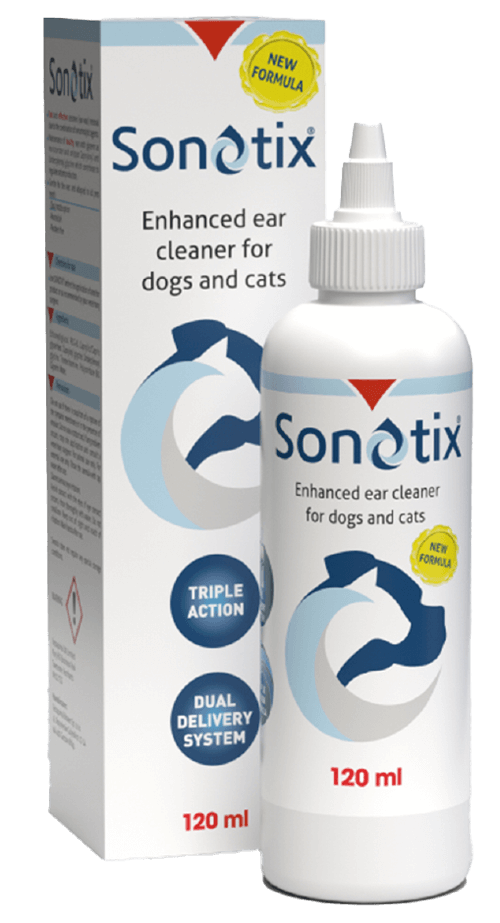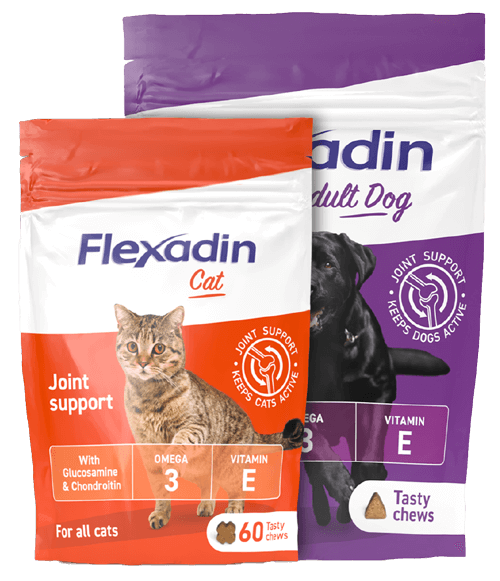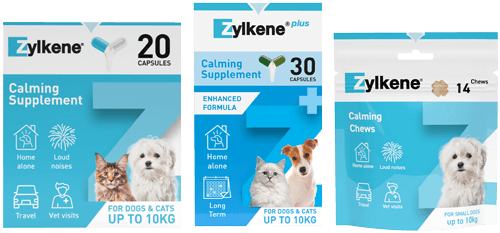
Fatty acids proven to
soothe stiff joints

Supports long-term
joint structure

Important in maintaining
joint mobility

Flexadin UC-II®’s innovative formulation is the only product for dogs containing undenatured type-2 collagen (UC-II®), which is a key component as it forms the main structure of healthy cartilage. Veterinary experts found that UC-II® helps soothe stiff joints and supports mobility, flexibility and comfort.
Signs your dog might need joint support
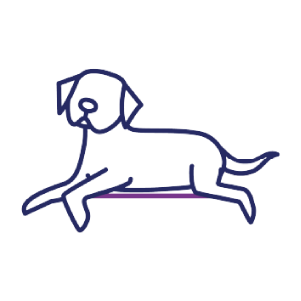
Difficulty
getting
comfortable

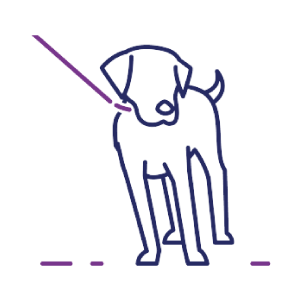
Unwilling/less
enthusiastic
to walk

Postural
changes
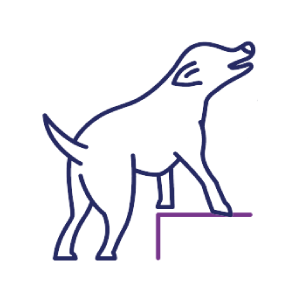
Difficulty
jumping

Reluctant
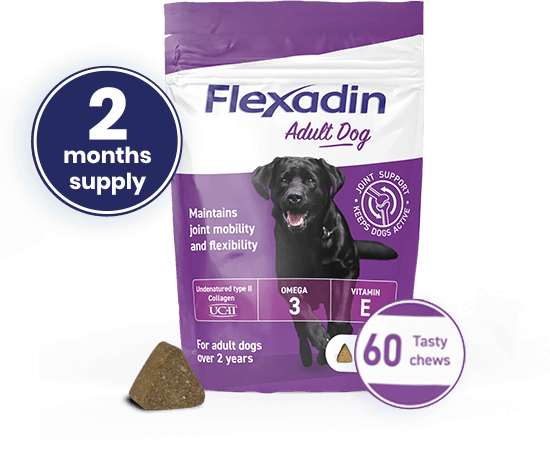

1 CHEW PER DAY REGARDLESS OF YOUR DOG’S SIZE

From calm to comfort,
hygiene to health.
Every step of the way
